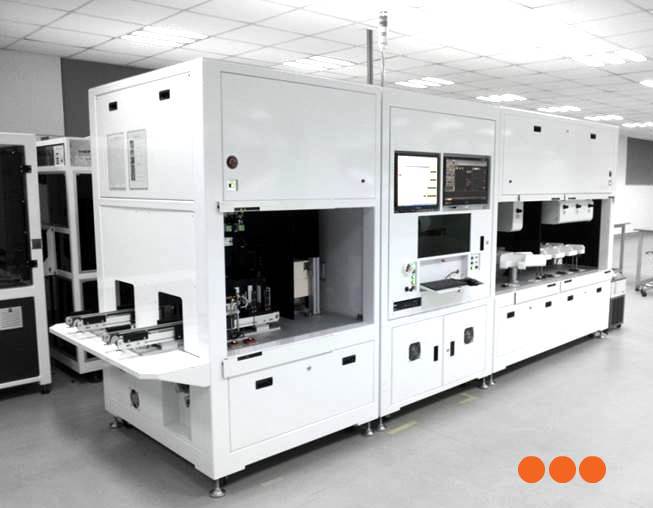One of the requirements for the granting of a patent is that the invention is new. To...
Justin Blows
Justin Blows is the Founder of Phoenix Intellectual Property. Justin is experienced in protecting a very broad range of technologies, including mechanical, electrical, information and communications technologies (ICT), mining, optoelectronic and photonic, water, and energy. Prior to his present career, Justin co-founded and was a chief investigator of The Centre of Excellence for Ultrahigh Bandwidth Devices for Optical Systems at The University of Sydney, a highly prestigious and world leading research centre. He is a reviewer for the IEEE Photonics Technology Letters, and be a member of technical committees for prestigious international conferences such as the Conference for Lasers and Electro-Optics (CLEO). Justin has authored over 100 articles in the fields of science, engineering and patent law, including the effects of Carbon Emission Trading Schemes on patent strategy.
This huge machine is Ian’s company BT Imaging’s QS-W2 , the photovoltaics industry’s premier silicon wafer robotic...
Here are four valuable tips for saving money when obtaining patent protection overseas. Identify your markets There...


